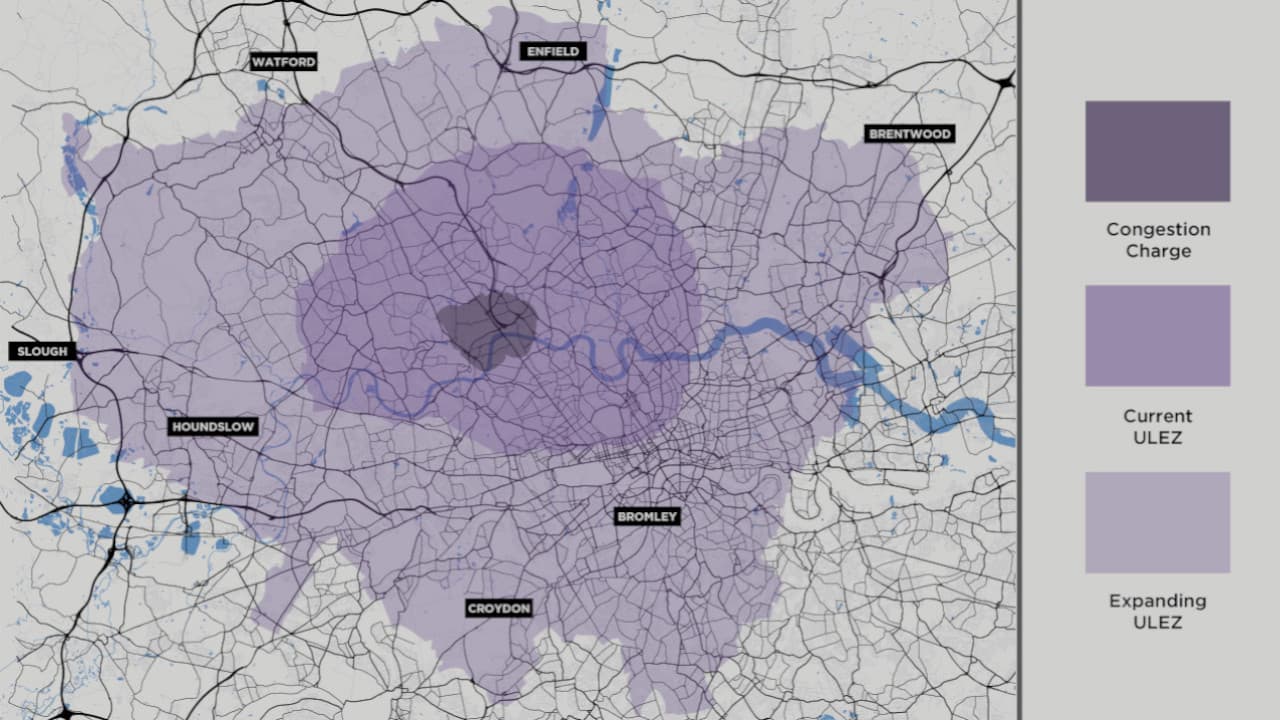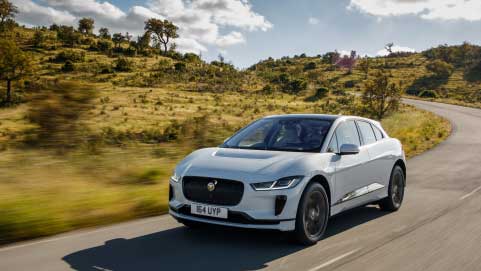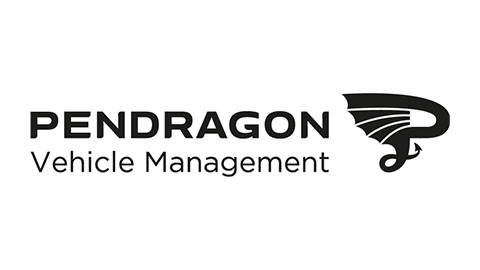The ULEZ Expansion and Its Potential Impact on Fleets
24th Aug 2023
What is ULEZ?
The Ultra Low Emission Zone (ULEZ) in London has been in effect since April 2019 where vehicles need to meet strict emissions standards or pay a daily charge (usually £12.50) to enter. When it was first introduced, it followed the same map as the Congestion Charge. In October 2021, it was expanded to a larger portion of central London, with borders at (but not including) the North Circular Road (A406) and the South Circular Road (A205), protecting around 4 million Londoners from the health risks associated with high emissions.
Currently, ULEZ charges are based on petrol vehicles that do not comply with Euro 4, an earlier emissions standard, and diesel vehicles that do not comply with Euro 6d. Read on to discover more information on the expansion of the ULEZ zone, resulting in more areas of London being subject to the emissions standards and charges.
The ULEZ expansion and its potential impact on fleets
The boundary of ULEZ will expand to the whole of Greater London (within the M25) as planned on 29th August, charging drivers of non-compliant vehicles to enter the capital.
The expansion will cover the whole of Greater London, to reduce emissions in the capital for a further 5 million people and is set to go ahead as planned on the 29th of August 2023. While the geographical area is increasing, the charge is fixed and so are the conditions of compliance. The daily charge to drive a non-compliant car or van inside the zone is £12.50. This charge is applicable in addition to the Congestion Charge.
Will Heathrow Airport and the M25 be in the ULEZ?
Heathrow Airport will be covered by the ULEZ expansion, meaning vehicles entering the airport must be ULEZ compliant or pay a £12.50-per-day fee to enter the zone. However, the M25 will not be covered by the ULEZ expansion, most of which stops short of the motorway. The M25 marks the boundary of the zone, although the zone does go slightly past the motorway at North Ockendon, the motorway itself is not subject to ULEZ charges.
Is the congestion zone also expanding?
The congestion zone terms were updated in early 2021, following some emergency measures that were passed in 2020 to cope with the Covid-19 pandemic. But no, there is so far no further proposed change to the Congestion Zone, which is still a small area in Central London.
The congestion charge is set at £15 per day for residents within the zone, and drivers who enter the zone during the following hours: 07:00-18:00 Mon-Fri, 12:00-18:00 Sat-Sun and bank holidays. No charge between Christmas Day and New Year’s Day bank holiday (inclusive).
How could the ULEZ expansion impact fleet drivers/operators?
1. Vehicle Upgrades: Fleet drivers would likely need to upgrade their vehicles to ones that meet the required emissions standards to avoid the daily charges. This could lead to higher costs for fleet operators as they replace older, less environmentally friendly vehicles with newer, compliant ones.
2. Operational Costs: The need to upgrade vehicles or pay daily charges could increase the operational costs for fleet drivers. This might include higher maintenance costs for newer vehicles or the ongoing expense of daily charges for vehicles that don't meet the emissions standards.
3. Route Planning: Fleet drivers may need to plan their routes more carefully to avoid ULEZ areas if their vehicles do not meet the emissions criteria. This could affect delivery schedules and potentially lead to longer travel times and increased fuel consumption.
4. Financial Impact: The ULEZ charges could have a significant financial impact on fleet operations, especially for businesses that operate numerous vehicles or frequently travel through the ULEZ area.
5. Incentive for Cleaner Vehicles: The ULEZ expansion could encourage fleet operators to transition to cleaner and more environmentally friendly vehicles, such as electric or hybrid models, in order to avoid charges and meet the emissions standards.
6. Air Quality Improvements: The overall goal of the ULEZ expansion is to improve air quality in London by reducing emissions from vehicles. Fleet drivers' compliance with the emissions standards could contribute to this goal and lead to a healthier urban environment.
7. Operational Efficiency: While there might be initial challenges and costs, the transition to cleaner vehicles and compliance with emissions standards could potentially lead to long-term operational efficiencies, including lower fuel costs and reduced maintenance expenses.
It's important to keep in mind that the impact of the ULEZ expansion on fleet drivers could vary based on the specific circumstances of each fleet, including the types of vehicles, routes, and operational requirements.
What is the ULEZ expansion scrappage scheme?
The ULEZ expansion scrappage scheme is a £110m project designed to support homes and businesses that will be affected by the changes. Londoners receiving certain benefits, as well as all small businesses, can claim grants towards the cost of replacing their current vehicles with ULEZ compliant models.
Charities, sole traders, and businesses with 10 or fewer employees (registered in London) can scrap an old vehicle and claim up to £9,500, depending on the vehicle type. Residents can claim a maximum of £2,000.
After the expansion, the scrappage scheme will be open to businesses with fewer than 50 employees. There will also be a range of offers related to car/van clubs, vehicle rental and vehicle finance as well as bicycle and e-scooter hire or purchase.
For the most accurate and up-to-date information, it's recommended to consult with local authorities and our fleet management professionals. If you are worried about what this expansion could mean for your drivers our team would be happy to talk it through with you and look at all the options available to you to mitigate the impact on your fleet.
For more information, please consult the government website.






